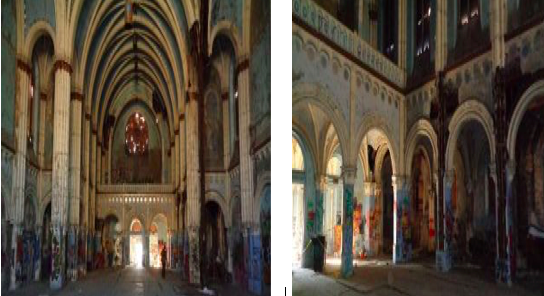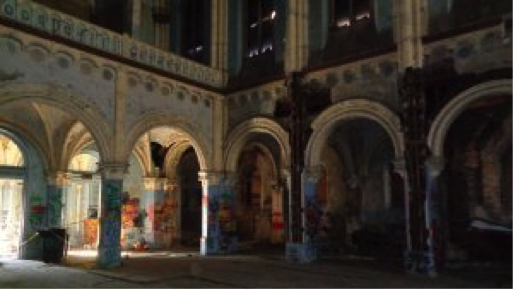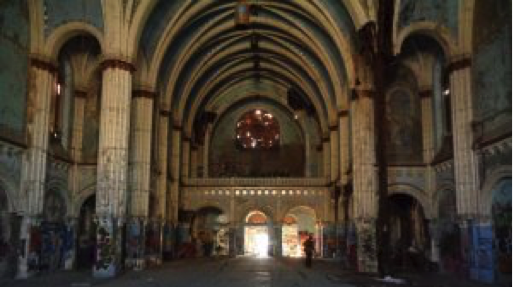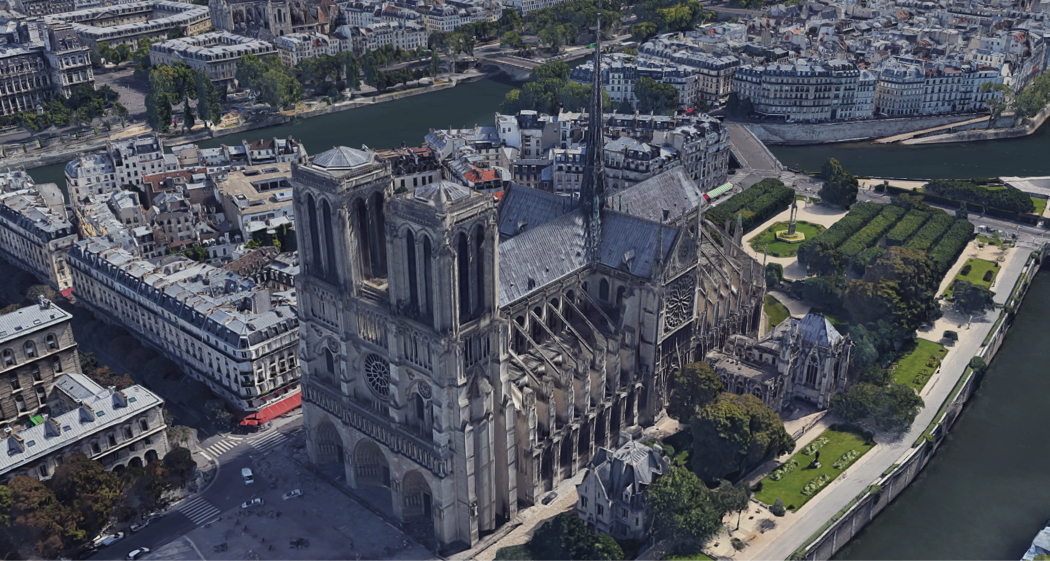3 Reasons Why Historic Sites and Buildings Need to Be 3D Scanned and Documented

Historical landmark buildings have cultural, religious, and historical significance that are both priceless as well as timeless. These historic sites and buildings can attract people’s attention for years upon years, but they unfortunately cannot withstand the test of time on their own. These magnificent structures will need repairs and preservation as parts of the building begin to decay. This upkeep and maintenance will probably be endless, but with the use of 3D scanning technology, it doesn’t have to be complicated or more difficult. Read on to learn some of the reasons why historic sites and buildings need to be 3D scanned and documented:
-
Reason 1: For Digital Preservation
Like with all new technology, there was a time when these useful tools did not exist. The same can be said for 3D scanning, and what that leaves us with is historic buildings that have no reliable digital documentation. Fortunately, however, 3D scanning can easily be completed on these old structures.
A 3D scan of a historic building digitally documents the historically significant features and preserves them by creating a virtual replica. This digital copy opens a whole door of opportunity for those observing the site. For one, it can be studied without actually needing to travel to the site’s location.


Images of the Boniface Church in Chicago.
Structural analysis can be effortlessly done with high definition laser scanning, which allows the historic features of the structure to be quantified and measured. Also, any changes to the building can be documented as the building transforms over time with minor repair and renovation. While it is inevitable that the structure will age, such as from any corrosion or settling, a digital copy is not susceptible to those same factors.
-
Reason 2: For Historic Repair, Restoration, and Reconstruction:
No structure is immune to the need for repairs all historical structures need some level of preservation. The reality is that historic buildings will most likely require some work and certain features will need to be replaced. Having scan data available that shows the condition of those features when they were still intact is vital to restoration.
Recently, a fire scorched the beautiful Notre Dame. The medieval Catholic cathedral lost many historical features, the roof collapsed, and a significant amount of the upper half of the structure was burnt beyond recognition. In addition to the obvious damage, the fire destroyed aspects that held tremendous historical and religious significance. These features played a role in the national and cultural identity of the building and were irreplaceable.

Images of the Cathedral of Notre Dame Church in Paris France before the fire that burned the roof.
Because of the Notre Dame’s popularity, people all around the world mourned the destruction brought on by the fire. Thankfully, in 2015, the Notre Dame Cathedral was fully scanned (both interior and exterior), and historical features were digitally documented. This scan data is now being used to begin the rebuilding process. Had there been no documentation, this restoration would have been impossible, and the beauty of the historical features would have been lost.
-
Reason 3: For Modern Upgrades that Preserve the History and Integrity of the Structure
Even structures preserved from the past require upgrades. One of the biggest challenges architects and designers run into with this is finding a way to update interior or exterior elements of a structure without losing the historical significance.
This dilemma can easily be solved with the utilization of 3D scanning. The documentation created by 3D scanning enables new design features to be superimposed over historical features in order to analyze their interaction. This means both the historic/existing features and the new features are accurately portrayed in real time. Then architects and designers can see how well their new design will integrate with the old. By using this process, design decisions can be made much quicker, leaving bad ideas to be weeded out more quickly.
The art created by great architectural minds does not have to be temporary or short-lived. It can be admired by generations of the future just as it had by those of the past. The surest way to ensure that this can happen is by 3D scanning technology. Find out more on how digital documentation will benefit your site or building by calling Deep Design Studio at 1-888-585-5568.
